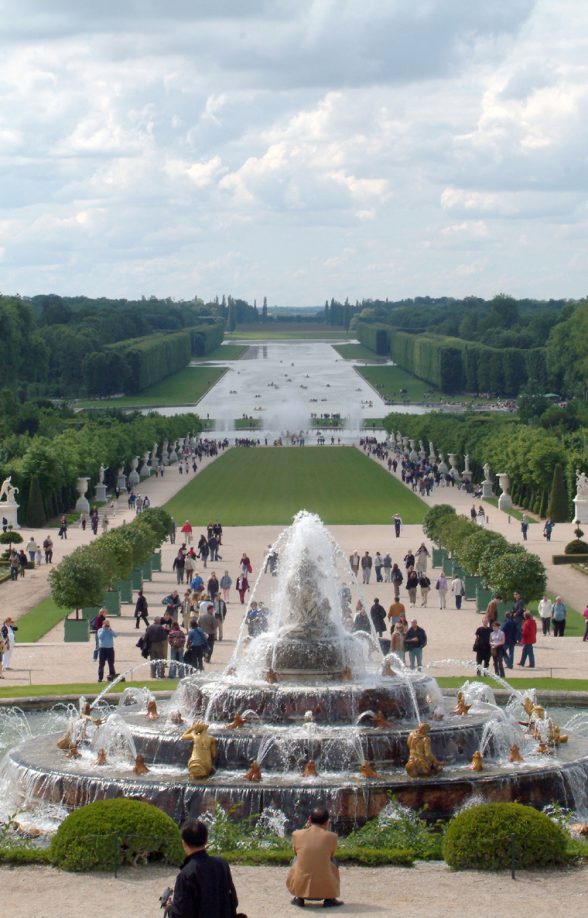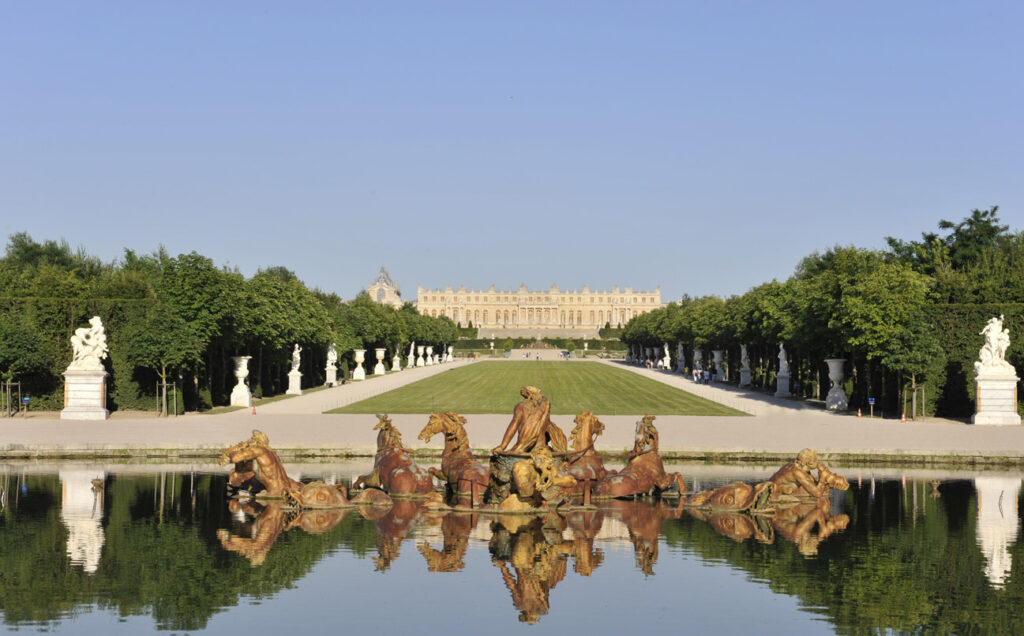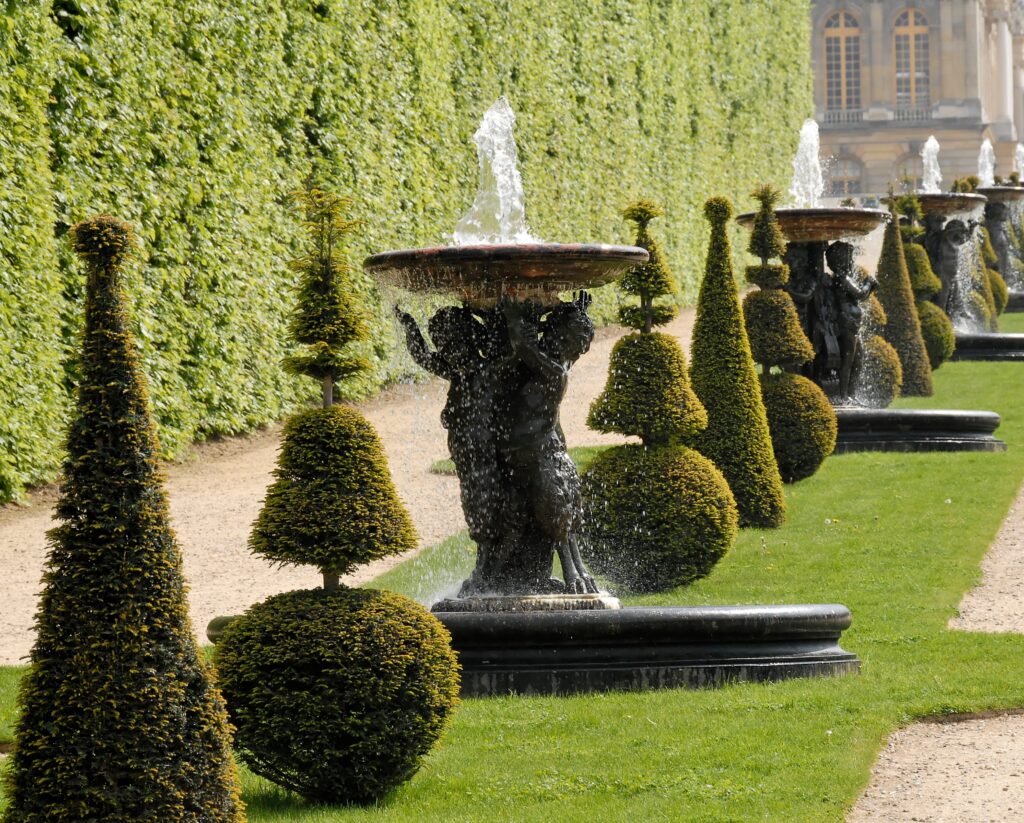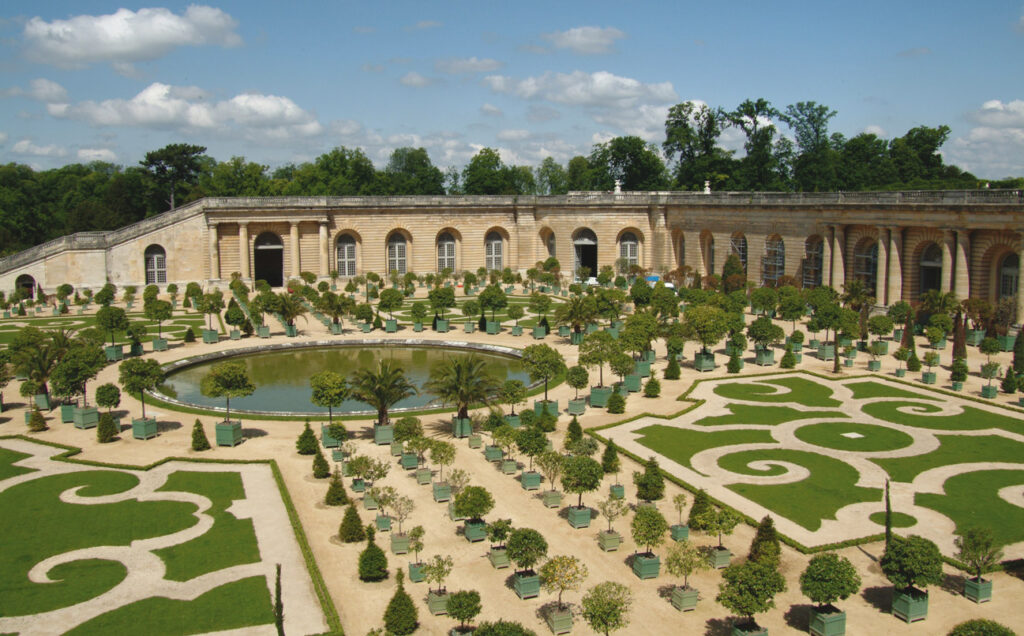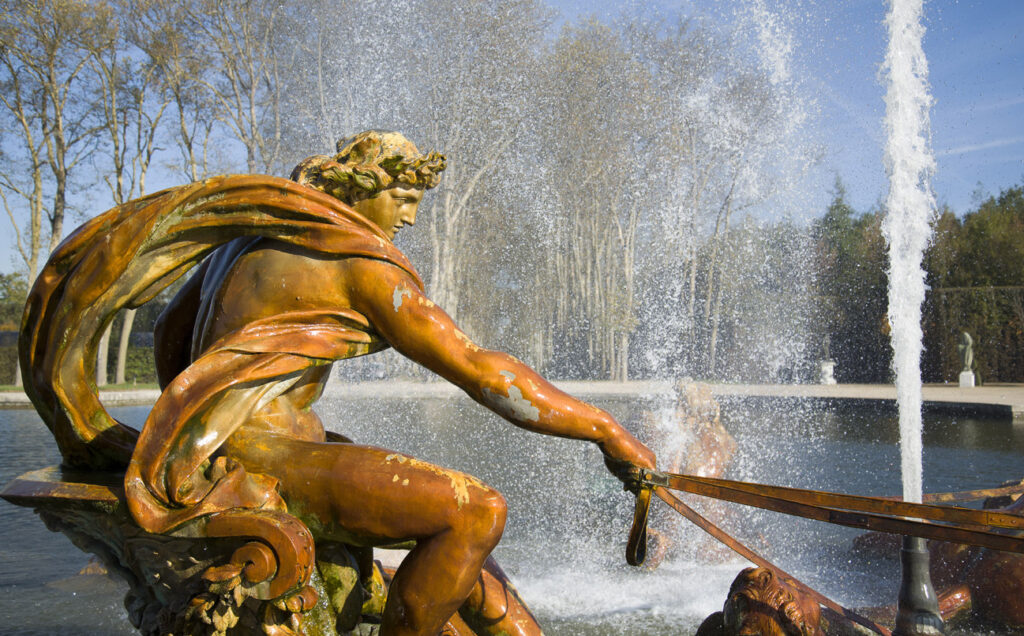An opulent leafy setting for the Palace of the Sun King: what better way to describe the magnificent gardens designed by Le Nôtre around the Palace of Versailles.
Access to the Park only, through the Queen's Gate (for pedestrians, cyclists and vehicles every day), through the Saint-Antoine Gate (for pedestrians and cyclists every day and for vehicles on weekends and public holidays) and through the Matelots Gate (for pedestrians and cyclists every day) from 7am to 7pm, last access at 6.15pm
Once covering some 8,000 hectares, the Palace of Versailles’ grounds were divided into hunting areas (accounting for most of the land) and decorative gardens. The latter are what has become known as French style gardens and remain a reference among 17th-century European gardens. Designed around an infinite perspective axis , they include 77 hectares of elegant alleyways lined with marble statues, some of which lead on to superb bosquets (groves).
As genuine "natural rooms" which can be discovered while exploring the alleyways, the bosquets were designed to provide a fitting setting for royal festivities. They are decorated with statues and magnificent fountains, each seeking to outdo the next in spectacular effects. You can discover them under optimal conditions during the Grandes Eaux Musicales and the Jardins Musicaux events ("musical fountains" and "musical gardens") in an atmosphere brought to life with baroque music from the days of Louis XIV. Make the most of the summer to see the gardens as you’ve never seen them before during the Grandes Eaux Nocturnes, when the gardens are illuminated by dazzling firework displays at nightfall!
After the days of the Sun King, the Versailles gardens were further enhanced through the addition of new kinds of bosquets, which you must see at all costs while you're here: the Romantic style is illustrated by the marvellous bosquet des Bains d’Apollon, created shortly before the revolution. For its part, the 21st century has seen two remarkable creations: the extraordinary fountains which operate in time with the music (the Bassin du Miroir), and, the latest, the Bosquet du Théâtre d’eau designed by L. Benech and JM Othoniel on the site of a now-disappeared 17th-century bosquet.
